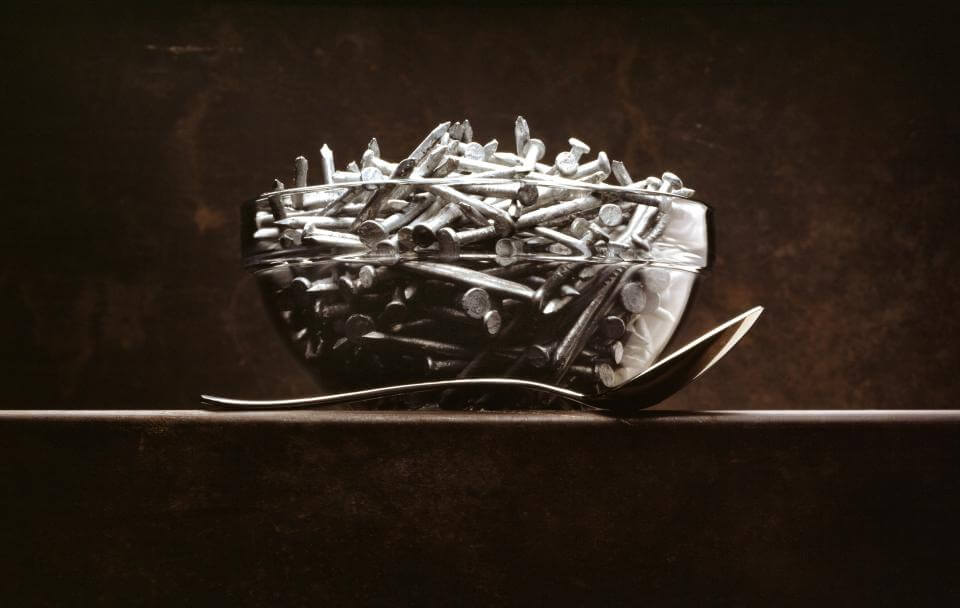

Unfortunately, many individuals are ashamed of their behavior and do not discuss their symptoms with medical professionals unless a severe complication has occurred. There are serious medical complications that can result from Pica including bowel obstruction, toxicity, malnourishment, dental damage, parasitic infestation, and abnormal liver functions. Adults with this disorder tend to recognize the abnormality that is present but are plagued by a continuous compulsion to engage in the behavior.Įven though hospitalizations for other eating disorders have decreased over the last two decades, the hospitalization rate for pica has risen. Only recently has Pica been suggested to be linked in some manner to an obsessive-compulsive spectrum. However, if the primary means is a method of weight control, anorexia needs to remain the diagnosis. In anorexia, symptoms of Pica may be attempts to avoid eating caloric foods while still maintaining a feeling of fullness. Pica is also more likely to be present in adults with an intellectual disability, and is more likely to be seen in a co-morbid presentation with obsessive compulsive disorder and autism spectrum disorders. It has been suggested that the higher incidence may be due to an iron deficiency and the eating of nonnutritive substances.

Often, Pica is a childhood diagnosis, but there are adults who struggle also, with pregnant women exhibiting a higher incident.

If pica is a result of inadequate supervision, treatment may involve educating the family and teaching children to distinguish between food and non-food items, and addressing housing and economic needs if possible. Doctors may treat the medical problems first, assess potential causes of the disorder such as nutrient deficiencies, and then develop a treatment plan that may involve changes to diet and nutrition as well as therapy. Treatment for pica varies based on what substance the person has consumed and how it has affected the body. Therefore, it’s important to monitor and treat the condition as early as possible. However, it may also lead to medical complications such as intestinal obstruction, bowel problems, weight loss, broken teeth, infections, or poisoning.


 0 kommentar(er)
0 kommentar(er)
